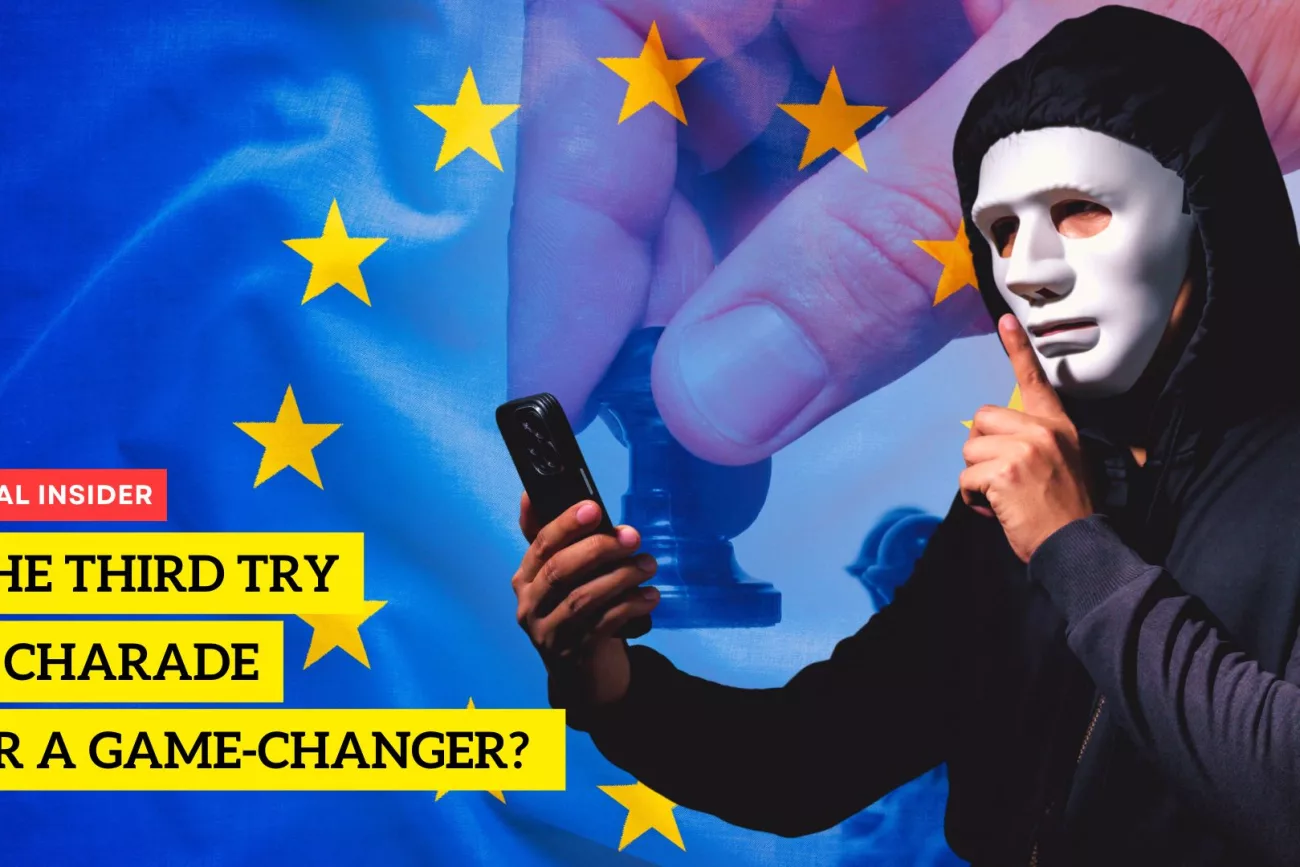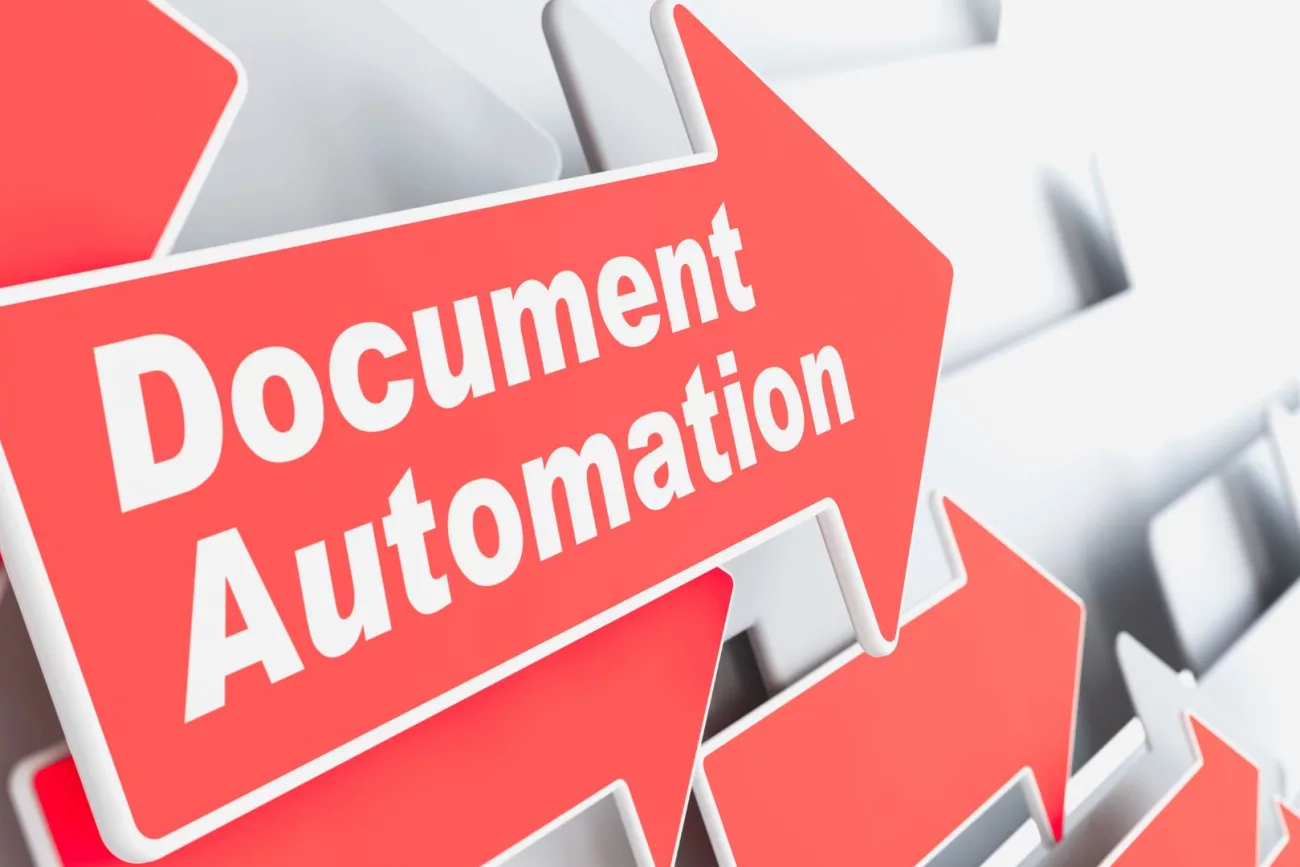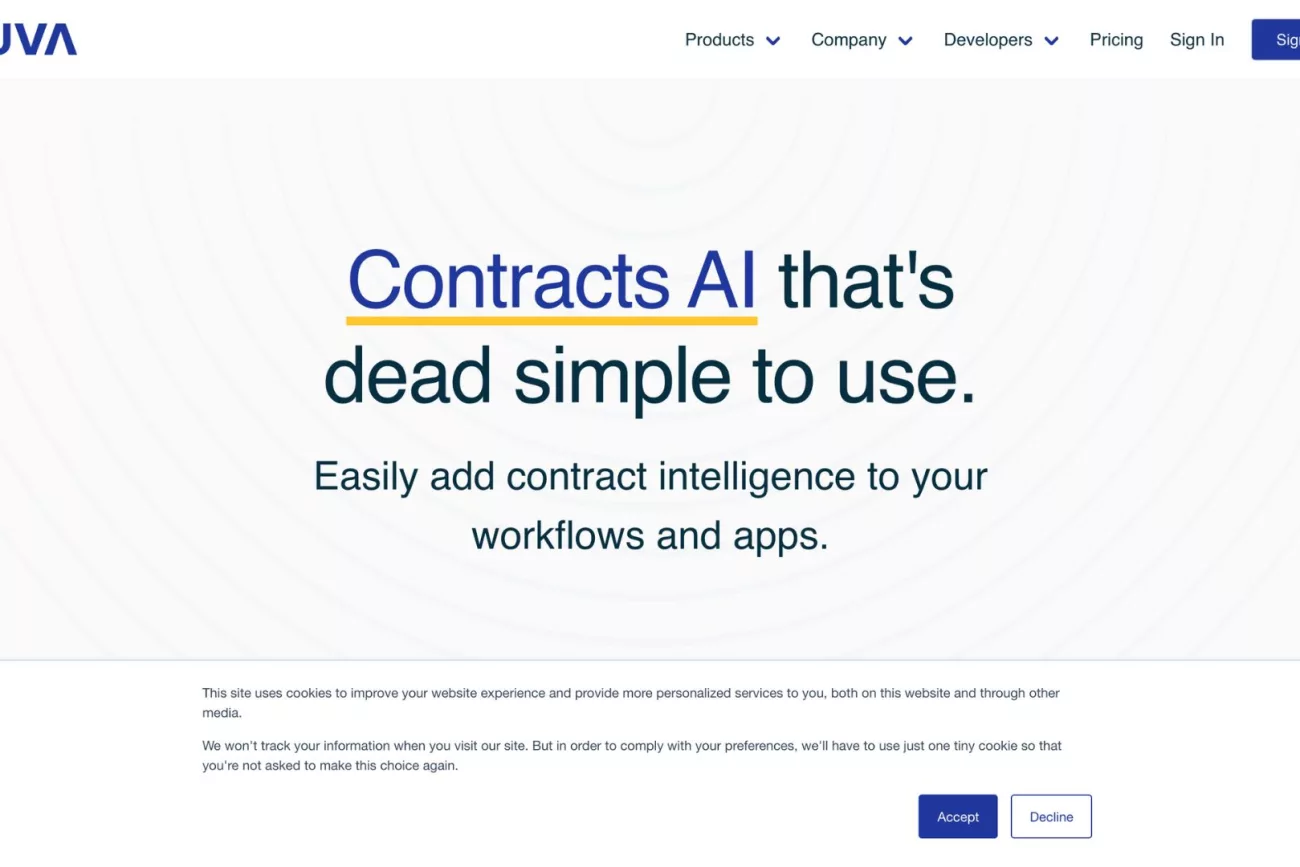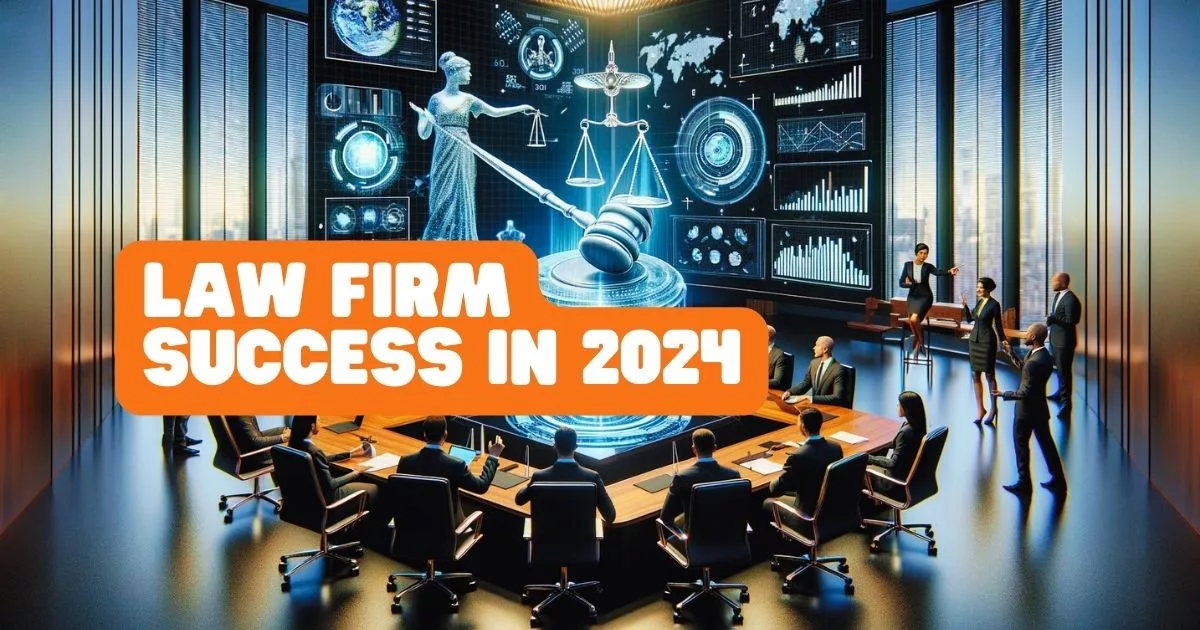
Key Points:
- The EU-US Data Privacy Framework is a contentious issue, with EU officials insisting on its legal validity and privacy advocates challenging it.
- The Framework’s history is turbulent, with previous iterations deemed inadequate, and the Schrems II ruling adding further complexity.
- Despite the controversy, the Framework’s implementation might simplify procedures for businesses and enable freer data transfers.
- However, businesses must exercise caution and vigilance, conducting thorough due diligence and ensuring compliance.
Is it a case of third time lucky, or are we simply setting ourselves up for another fall? The EU-US Data Privacy Framework (the Framework) is a hotbed of controversy. While EU officials fervently insist that the new deal is legally sound, privacy advocates vehemently disagree. Are we witnessing a Christmas miracle or a ticking time bomb?
The “Gift” that Sparked an Unstoppable
FirestormLaunched with much fanfare on Monday, July 10th, 2023, this “gift” from the European Commission has been long in the making. It succeeds the previous arrangement, the contentious EU-US Privacy Shield, and has kicked up a storm of controversy almost immediately.
The Commission declares that the new Framework meets the high standards of data protection set in the EU, legitimizing data transfers from the EU to the US. But has the ‘adequate’ level of protection become a scapegoat for lax data protection measures?
The Chronicles of the Contentious Transfers
As businesses across the EU heave a collective sigh of relief, we can’t help but revisit the journey that brought us here. We’ve seen “Harbours”, “Umbrellas”, “Shields”, and the notorious Schrems II ruling.
In July 2020, the Court of Justice of the European Union (CJEU) dropped a bombshell, deeming the EU-US Privacy Shield invalid. The reason? The US failed to provide adequate protection of personal data. A gut punch that left businesses staggering, forcing them to adapt to new and arduous measures to transfer data internationally.
The Novel Framework – A Facade or the Real Deal?
The new Framework pledges to resolve the CJEU’s past criticisms. It proposes to limit access to data by US public authorities and intelligence services and improve redress mechanisms. But isn’t this a case of déjà vu? Weren’t these the very guarantees made by its predecessors?
The UK’s Role in the Great Divide
The current decision applies solely to EU-US transfers. However, all signs point to the UK hopping on the bandwagon and adopting a similar stance. This seemingly inevitable alliance further polarizes the divide between privacy advocates and government authorities.
Immediate Implications and the Ticking Time Bomb
The new Framework’s implications are far-reaching. Tech giants, reliant on US infrastructure for services like cloud hosting and social media, stand to gain significantly from free-flowing global data. And yet, the sceptics among them might continue to insist on Standard Contractual Clauses (SCCs) as a fail-safe.
While businesses bask in the apparent victory, complacency is their greatest enemy. The Framework might eliminate the need for SCCs, but it doesn’t nullify the necessity for thorough due diligence and compliance checks.
The Call to Arms: Subscribe 📬 to Legal Insider
Let the data transfer controversy be a wake-up call. Subscribe to our Legal Insider newsletter to stay abreast of such contentious developments and be equipped to navigate the murky waters of data privacy laws.
In the face of widespread scepticism and intense scrutiny, the new Framework remains an enigma. Is it the solution we’ve been waiting for, or just another ticking time bomb? Only time will tell.
Despite its intentions, the new Framework has undeniably stirred up a hornet’s nest. As we watch this drama unfold, one thing’s for sure – the future of data transfers will continue to be an exhilarating rollercoaster ride.
Reference Links:
Share this post
Frequently Asked Questions (FAQs)
Q: What is the new EU-US Data Privacy Framework?
A: The new EU-US Data Privacy Framework is a regulatory mechanism, designed to allow personal data transfers from the EU to the US.
Q: How is it different from previous agreements?
A: It promises to limit access to data by US public authorities, improve redress mechanisms, and undergo regular reviews focusing on the effectiveness of these measures.
Q: Why is this Framework controversial?
A: While the EU asserts that the Framework is legally sound, privacy advocates express concerns over its adequacy, potentially leading to another Schrems-like fallout.
Q: What does this mean for the UK?
A: Though the Framework currently applies only to EU-US transfers, it is likely the UK will adopt a similar decision, extending the Framework to cover UK-US transfers.
Q: What are the implications for businesses?
A: Businesses may benefit from simpler data transfer procedures. However, they must be vigilant, conducting due diligence and ensuring compliance with the Framework.














